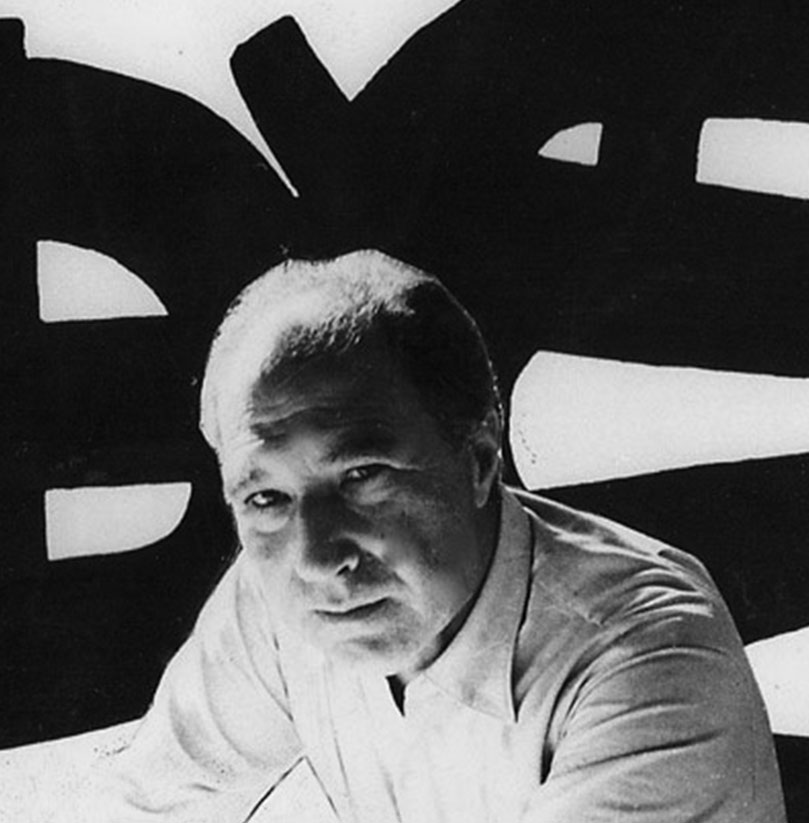Rome, 1900 – 1972
Giuseppe Capogrossi was born in Rome in 1900. After graduating in law in 1922, he decided to devote himself to painting, attending Felice Carena’s atelier, where he befriended painters Emanuele Cavalli, Onofrio Martinelli and Fausto Pirandello, exponents of the so-called Roman School. With Pirandello, he went to Paris in 1927, where he studied the Impressionists and the avant-garde, discovering Pablo Picasso and André Derain.
In 1928 he was invited to the Venice Biennale, and in the 1930s he participated in major exhibitions devoted to Italian art, establishing himself to critics as one of the protagonists of the renewal of Roman painting. In 1939 the Quadriennale dedicated a personal room to him.
In the postwar period, Capogrossi reconsidered his artistic research, gradually abandoning the figurative painting that had characterized the preceding decades to arrive at a strictly abstract language. His art is characterised by a single form-sign that combining in infinite variations “occupies” the space of the painting. In 1950 he had his first non-figurative exhibition at Galleria il Secolo in Rome, where he exhibited canvases-all entitled ‘Superficie’ and numbered-with this new pictorial mode.
Between 1950 and 1951 he founds with Mario Ballocco, Alberto Burri and Ettore Colla the Gruppo Origine, with the intention of promoting abstraction and the renewal of the arts. Concatenated comb-shaped matrices of post-Cubist influence that populated his compositions became his unmistakable stylistic signature.
Numerous awards marked Capogrossi’s career, including in 1971 the gold medal for cultural merit awarded by the Ministry of Education. In addition to innumerable international exhibitions and reviews, in 1974 the Galleria d’Arte Moderna in Rome dedicated a massive retrospective to him, two years after his death.
© 2015-2024, Dellupi Arte | Sito web realizzato da Officina Digitale Reactio
WhatsApp Us



